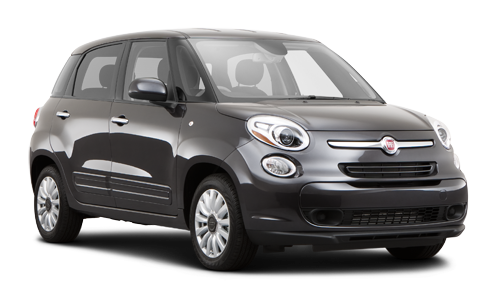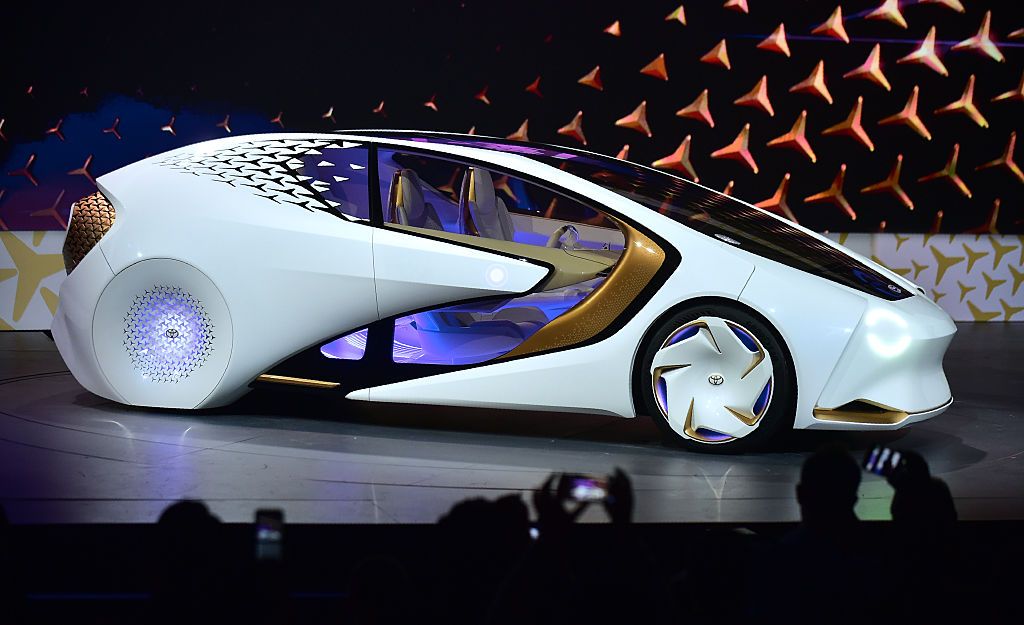Wraparound or panoramic windshields (both terms refer to the same thing) reached mass-production in the USA in the form of 1954 Oldsmobiles, Buicks and Cadillacs. (However, a few expensive, low-production Oldsmobile and Cadillac convertibles with such windshields were marketed during the 1953 model year.) Such windshields became practical once glass-forming technology reduced breakage rates to an acceptably low level.
But such windshields turned out to be a fad. By the 1961 model year, wraparounds where the A-pillar was either vertical or leaned forwards were gone. Some European brands followed the same pattern, but lagged slightly behind the Americans.
Before those 1954 one-piece wraparounds appeared, a few companies marketed cars with what amounted to three pieces of glass grouped in a panoramic manner. Large center sections used flat glass and were flanked by small glass panels that were within the state of glass forming art. In one case, the flanking panels had flat glass, and in the other, the glass was curved.
What I find interesting is that a car was recently introduced with what amounts to a three-piece windshield in the spirit of 1930s forebears.
1934 Hupmobile
Hupps had three-piece windshields only for the 1934 model year. All the panels had flat glass.
Tatra 77 from 1934 or 1935. Only the center panel is flat.
1937 Panhard Dynamic - sales photo
Panhard introduced three-piece windshields on its 1935 line and continued the practice on its redesigned 1937s.
2015 Fiat 500L
The concept returned on the Fiat 500L, perhaps due to packaging considerations (note how close the front door forward cut line is to the wheel opening and how far forward the windshield extends).
Wraparound or panoramic windshields (both terms refer to the same thing) reached mass-production in the USA in the form of 1954 Oldsmobiles, Buicks and Cadillacs. (However, a few expensive, low-production Oldsmobile and Cadillac convertibles with such windshields were marketed during the 1953 model year.) Such windshields became practical once glass-forming technology reduced breakage rates to an acceptably low level.
But such windshields turned out to be a fad. By the 1961 model year, wraparounds where the A-pillar was either vertical or leaned forwards were gone. Some European brands followed the same pattern, but lagged slightly behind the Americans.
Before those 1954 one-piece wraparounds appeared, a few companies marketed cars with what amounted to three pieces of glass grouped in a panoramic manner. Large center sections used flat glass and were flanked by small glass panels that were within the state of glass forming art. In one case, the flanking panels had flat glass, and in the other, the glass was curved.
What I find interesting is that a car was recently introduced with what amounts to a three-piece windshield in the spirit of 1930s forebears.
1934 Hupmobile
Hupps had three-piece windshields only for the 1934 model year. All the panels had flat glass.
Tatra 77 from 1934 or 1935. Only the center panel is flat.
1937 Panhard Dynamic - sales photo
Panhard introduced three-piece windshields on its 1935 line and continued the practice on its redesigned 1937s.
2015 Fiat 500L
The concept returned on the Fiat 500L, perhaps due to packaging considerations (note how close the front door forward cut line is to the wheel opening and how far forward the windshield extends).
















EmoticonEmoticon